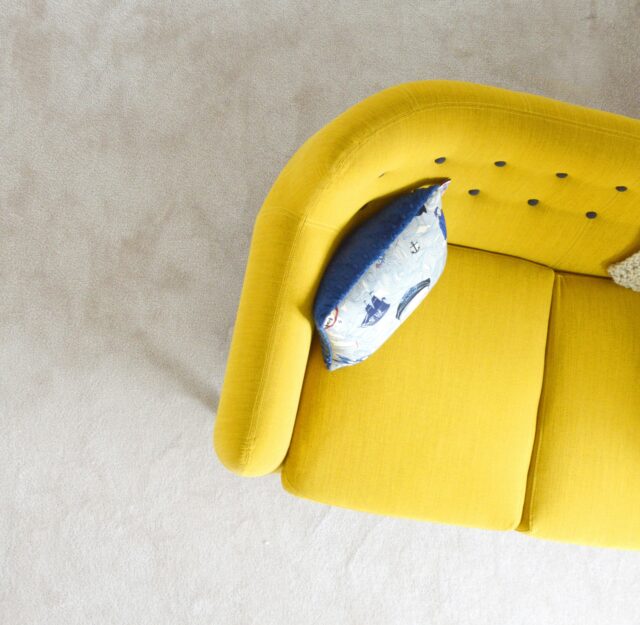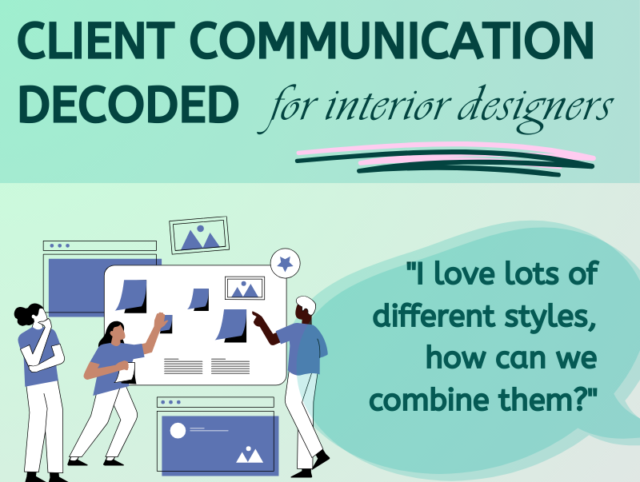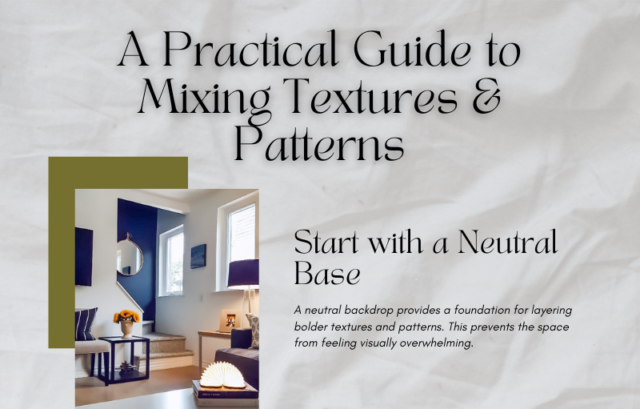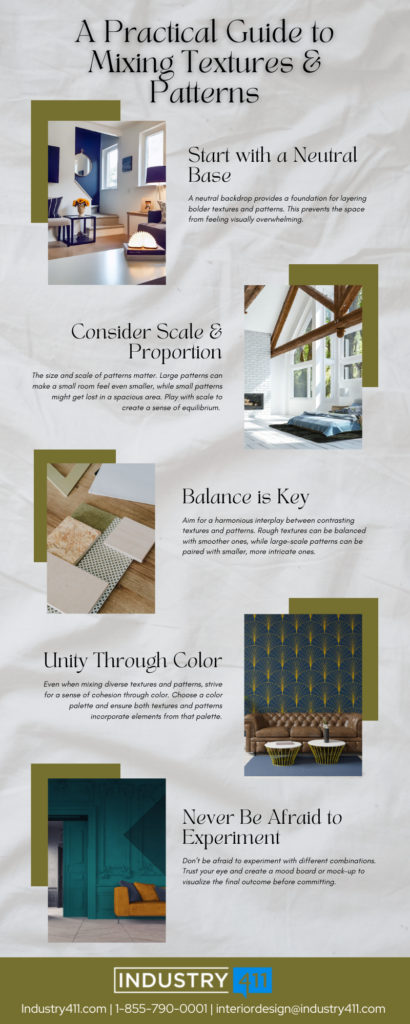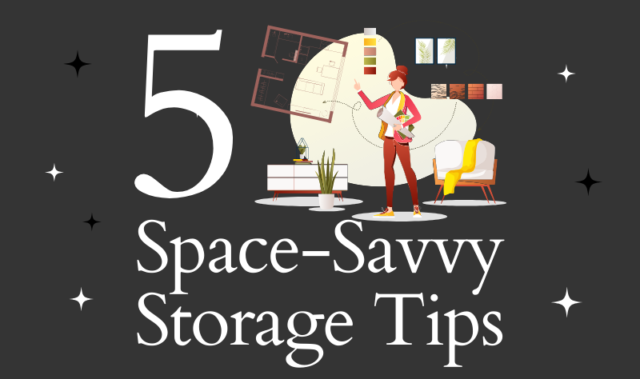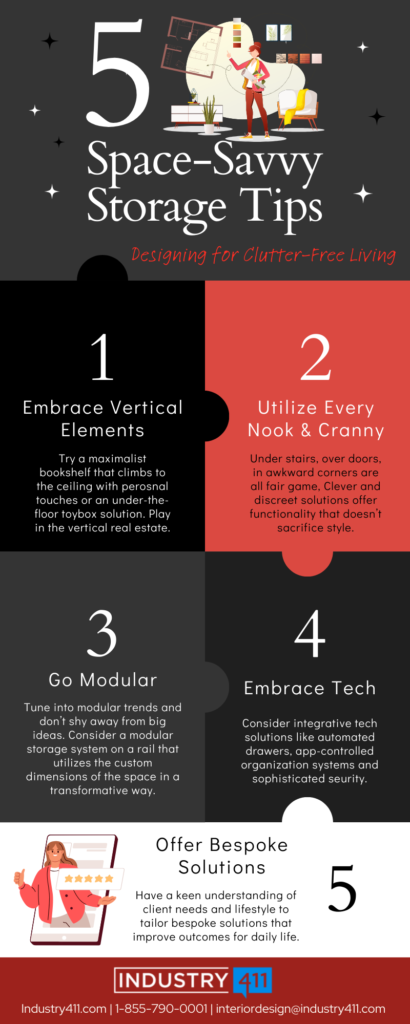Vegas Calling: Explore Hospitality Design’s Future at HD Expo + Conference
Calling all design visionaries! As an interior designer, staying ahead of the curve is paramount. This year, HD Expo + Conference promises to be the ultimate platform for just that. Held in Las Vegas, April 30th – May 2nd, this industry-leading event offers unparalleled access to product discovery, innovation and a thriving design community.
The event boasts an impressive roster of 500+ suppliers showcasing a comprehensive range of products across 25+ categories. But the real magic happens beyond the products. HD Expo is a hotbed for inspiration, with educational sessions led by industry titans and networking opportunities that will spark new ideas, fuel your creativity and grant you a deeper understanding of evolving guest needs and market trends.
HD Expo isn’t just for hospitality specialists. The event fosters inspiration for designers in all sectors, from commercial to senior living. Explore Las Vegas itself, a living laboratory of bold, never boring design concepts. These immersive experiences will spark fresh ideas and ignite your creative spirit.
Why Attend HD Expo + Conference?
- Unparalleled Product Discovery: Source everything you need for your next project from a curated selection of 500+ leading suppliers.
- Industry Insights and Education: Gain a competitive edge with knowledge gleaned from educational sessions led by renowned design experts.
- A Hub for Innovation: Witness groundbreaking product launches and stay at the forefront of hospitality design trends.
- Networking Opportunities: Cultivate valuable connections with peers and industry leaders through exclusive networking events.
- Cross-Disciplinary Inspiration: Find design inspiration applicable to all sectors, from hospitality to healthcare.
Join the Design Community
HD Expo + Conference is more than just an event; it’s a community. It’s a place where forward-thinking designers come together to share ideas, build relationships and shape the future of hospitality design. Register today at the website and don’t miss this opportunity to propel your design career forward.





